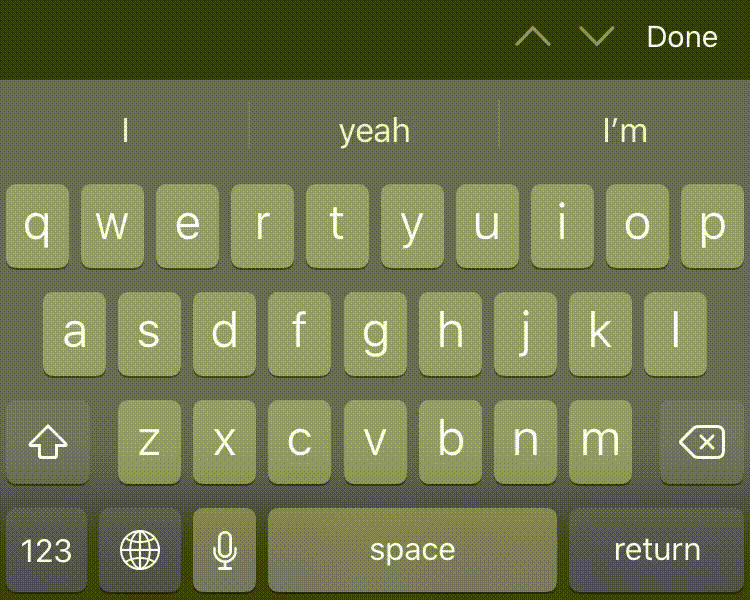

On a Swedish keyboard, however, the tilde key is located near the Enter key, and pressing it doesn't load the cheat console. keyboards, the tilde key is located above the Tab key. The answer given for the question about the tilde with a Spanish keyboard does, indeed mention that you can use alt+n and then / to type the tilde on English layouts, but as Tom Gewecke pointed ou On most U.S. It returned the following error to the console (cloned the master branch and ran npm install & npm start: Here's the FIN/SWE -layout I'm using the latest MacOS with latest Hyper.app. Finnish and Swedish Mac keyboards are the same. The following keyboard command should create a tilde ~ on a Scandinavian (Danish, Swedish, Norwegian, Finish, Icelandic) Mac keyboard on your Mac computer: Alt + ^ If you need help for other countries and regions, check out this Stackexchange thread When I press alt + ^ on my Finnish keyboard (tilde), nothing happens. Whilst holding on to the Alt key, press the symbol's alt code ( 126 ). Press and hold the Alt key on your keyboard. If you don't still get it, just obey the following instructions to type the Tilde Symbol using the alt code method: Place your insertion pointer where you need the symbol. mas ( but).Home How to type tilde on Swedish keyboard In other situations, á is not really used for pronunciation, but rather to differentiate words that are spelled the same but have different meanings. In some cases, tildes are necessary to differentiate between words that are otherwise spelled alike. In the word árbol ( tree), the tilde over the a is necessary so that we know which syllable to stress. If you see the Spanish letter a with a tilde, it’s important to pronounce it with greater emphasis. The truth is that accents are essential in helping us know which syllable to pronounce with the most emphasis.Īccents are used as an aid in pronunciation. It is common for learners of Spanish-especially beginners-to ignore accent marks, disregarding the small marks as insignificant. The letter a with a tilde is used for many different purposes in Spanish, such as marking word stress, distinguishing between otherwise identical words, differentiating between tenses, and showing whether something is a question or a statement.


 0 kommentar(er)
0 kommentar(er)
